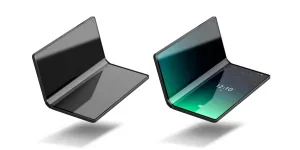The flip phone, once a symbol of early 2000s mobile technology, is making a surprising comeback. This resurgence is not just fueled by nostalgia but also by the flip phone’s unique blend of simplicity, privacy, and durability. In this article, we delve into the mechanics of flip phones, explore their pros and cons, and provide tips on selecting and operating these devices. Whether you’re a tech enthusiast or someone looking for a digital detox, understanding the flip phone’s appeal and functionality can offer valuable insights.
Table of Contents:
– What is a flip phone
– How does a flip phone work
– Benefits and drawbacks of a flip phone
– How to choose a flip phone
– How to use a flip phone
What is a flip phone
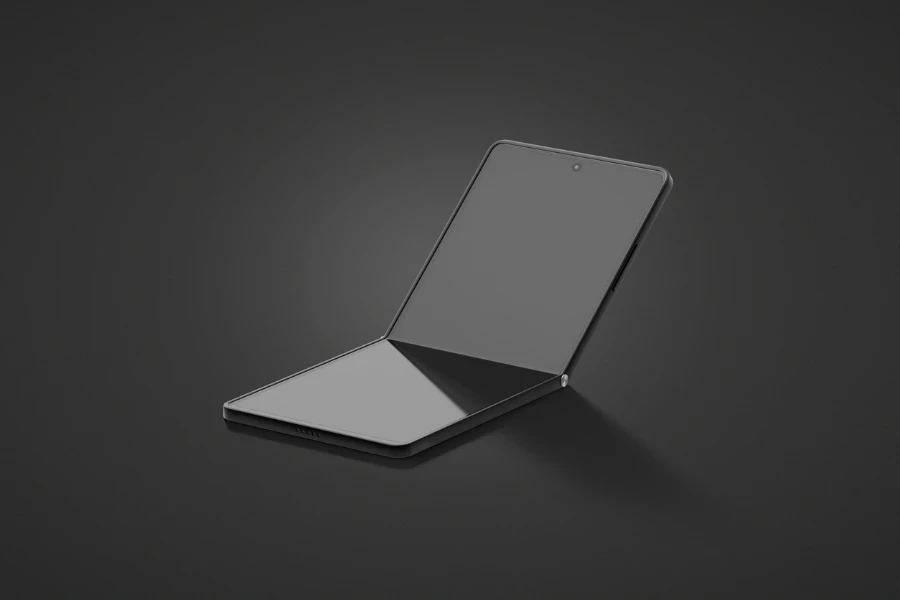
A flip phone, also known as a clamshell phone, features a hinged design that allows the device to ‘flip’ open to reveal its screen and keypad. This design was incredibly popular in the late 90s and early 2000s before the advent of smartphones. Unlike the slab form factor of most modern smartphones, flip phones offer a compact, pocket-friendly shape that protects the screen and keypad when closed.
The resurgence of flip phones in the market has been marked by an improved design that incorporates modern technology. Today’s models often include features such as touch screens, internet connectivity, and cameras, blending the classic flip design with contemporary smartphone capabilities. This hybrid approach caters to users looking for a device that offers both simplicity and the functionalities of a modern smartphone.
Flip phones are particularly appealing to those who yearn for the tactile satisfaction of flipping open their phone to answer calls and the added privacy and security that comes with a physical closure. This design inherently protects the screen from scratches and cracks, a common issue with the exposed screens of smartphones.
How does a flip phone work
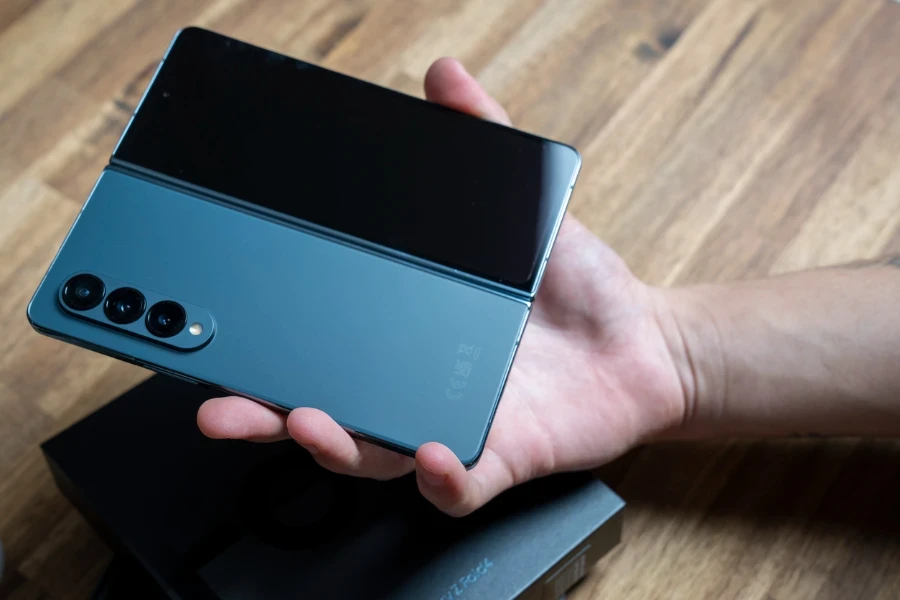
At its core, a flip phone operates on the same basic principles as any other mobile phone. It sends and receives calls and messages via cellular networks and can offer various additional functionalities depending on its hardware and software capabilities. The distinctive feature of a flip phone, however, is its mechanical design. The flipping mechanism is usually spring-assisted, allowing for easy opening and closing with a satisfying snap.
Modern flip phones have evolved to incorporate advanced technology. Some models now feature secondary external screens that display notifications, time, and caller ID, allowing users to check important information without opening the phone. Internally, these devices run on operating systems that, while simpler than those found on high-end smartphones, still provide a range of applications and services, including web browsing and multimedia playback.
The physical keypad of a flip phone, a stark contrast to the touchscreens of smartphones, offers a different user experience. Typing on a physical keypad can be more intuitive for some users, especially those who prefer tactile feedback or have difficulty adapting to touchscreens. Additionally, flip phones are often lauded for their long battery life, as their simpler functions and smaller screens consume less power than the large, high-resolution displays of smartphones.
Benefits and drawbacks of a flip phone
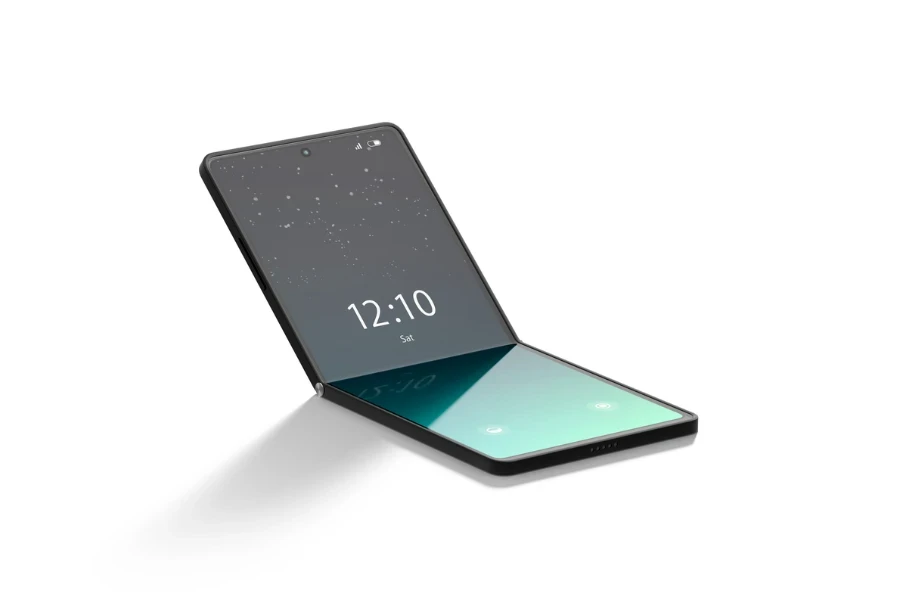
Flip phones offer several benefits that make them appealing to a wide range of users. Their compact and durable design makes them ideal for individuals who prioritize device protection and portability. The physical act of flipping open the phone to use it can also reduce screen time, as it adds a deliberate step to the process of checking notifications or answering calls, which can help minimize distractions and promote a more mindful approach to technology use.
However, flip phones also have their drawbacks. Their simpler operating systems and hardware mean they often lack the advanced features and applications available on smartphones. For users who rely on their mobile device for tasks like navigation, extensive web browsing, or using specialized apps, a flip phone may not meet their needs. Additionally, the smaller screens and physical keypads of flip phones can make certain tasks, such as typing long messages or viewing multimedia content, less convenient than on a smartphone.
The choice between a flip phone and a smartphone ultimately depends on an individual’s lifestyle, preferences, and tech needs. Flip phones can serve as excellent primary phones for those seeking simplicity or as secondary devices for people looking to disconnect from the constant connectivity demanded by smartphones.
How to choose a flip phone

When selecting a flip phone, consider several key factors to ensure the device meets your needs. First, evaluate the phone’s basic functionalities, such as call quality, text messaging capabilities, and battery life. These core features are crucial for a reliable communication experience.
Next, consider the phone’s additional features. Some flip phones offer Bluetooth connectivity, cameras, and limited internet access, which can enhance the device’s utility without the complexity of a full-featured smartphone. Also, check if the phone has a secondary screen for notifications, which can be a convenient feature.
Lastly, think about the phone’s compatibility with your lifestyle. If you’re looking for a device that supports a digital detox, ensure the flip phone’s features align with this goal. Conversely, if you still require some level of connectivity and functionality, look for a model that strikes a balance between simplicity and smart features.
How to use a flip phone
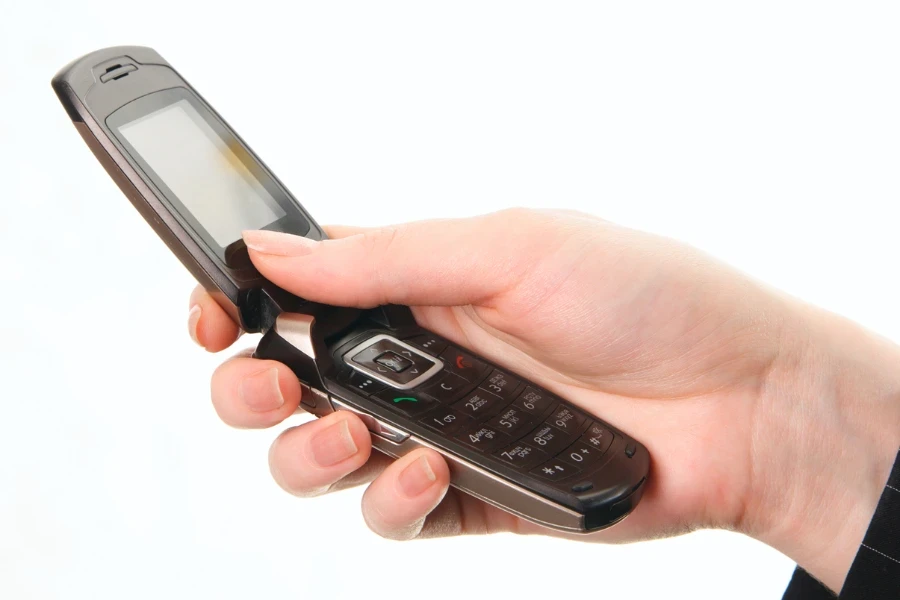
Using a flip phone is straightforward, but there are tips to maximize its benefits. Familiarize yourself with the physical keypad, as this will be your primary interface for navigating the phone’s features. Practice typing and using shortcuts, if available, to improve efficiency.
Explore the phone’s menu to understand its capabilities and settings. Adjusting preferences such as ringtone volume, display brightness, and text size can enhance your user experience. Additionally, take advantage of any organizational tools the phone offers, like the contacts list and calendar, to keep your essential information easily accessible.
For those using a flip phone as a way to reduce screen time, set boundaries for its use. Designate specific times for checking messages or making calls, and enjoy the freedom and focus that comes with being less tethered to a device.
Conclusion
The flip phone, with its unique blend of nostalgia and modernity, offers a compelling alternative to the ubiquitous smartphone. Whether you’re drawn to its simplicity, durability, or the tactile satisfaction of its design, a flip phone can cater to a range of needs and preferences. By understanding how these devices work, their benefits and drawbacks, and how to choose and use one effectively, you can make an informed decision that aligns with your lifestyle and technology requirements. In an era dominated by advanced gadgets, the flip phone stands out as a testament to the enduring appeal of simplicity and functionality.
